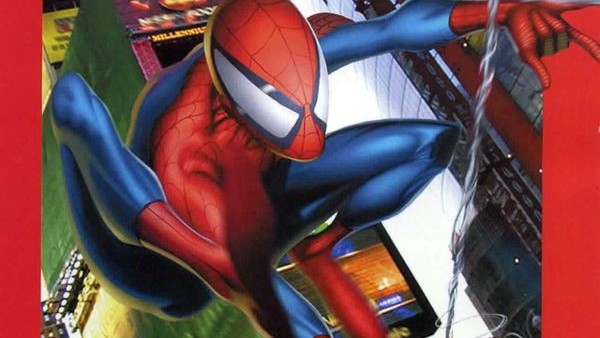How Spider-Man PS4 Recreates One Of Marvel's Greatest Experiments
2. Introducing... The ULTIMATE Spider-Man!

When the Ultimate Universe was conceived in 2000, Marvel was not having a good time. The company had almost gone bankrupt in 1998, and had it not been for the intervention of Joe Quesada's Marvel Knights imprint, things could've gotten very bad very quickly. This was due to a myriad of factors, including the bursting of the comic book bubble and an impenetrable 60-year continuity, but the fact remained that Marvel had lost touch with the zeitgeist.
This was where the Ultimate Universe came in. Its key architects were Quesada, Brian Bendis and Mark Millar, the latter of whom focused his efforts on reimaginings of the X-Men and Avengers respectively. It was Ultimate Spider-Man that led the charge though, with the first issue debuting to a solid critical and financial reception that would spark a 111-issue partnership between Bendis and artist Mark Bagley. (Sara Pichelli, who joined the comic after Bagley's departure, has since gone on to foster a synonymy with the character too.)
To put into context just how popular and successful Bendis' comic was, from 2000 to 2014, over 200 issues of Ultimate Spider-Man were published. This is without even counting the continuation of that series into mainstream 616 continuity with Miles Morales at the helm, but still, during that time, mainstream Spidey fell afoul of controversy and creative shakeups on a regular basis, during which the Ultimate comic continued to sell like hotcakes, and even get its own video game in 2005.
The reason for this success? Consistency. But Bendis and Bagley's understanding of what made Spidey's world so magical to begin with undoubtedly helped. Reconciling that magic in a universe tailor-made for the 21st century lent the book an authenticity its contemporaries lacked, and this its where its influence in Insomniac's game can best be felt.